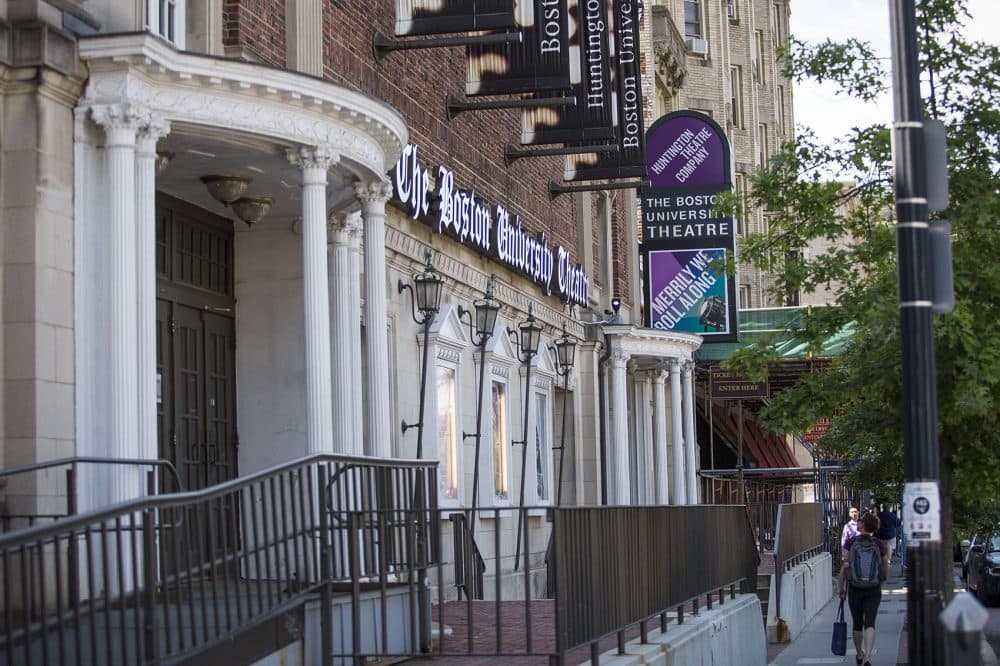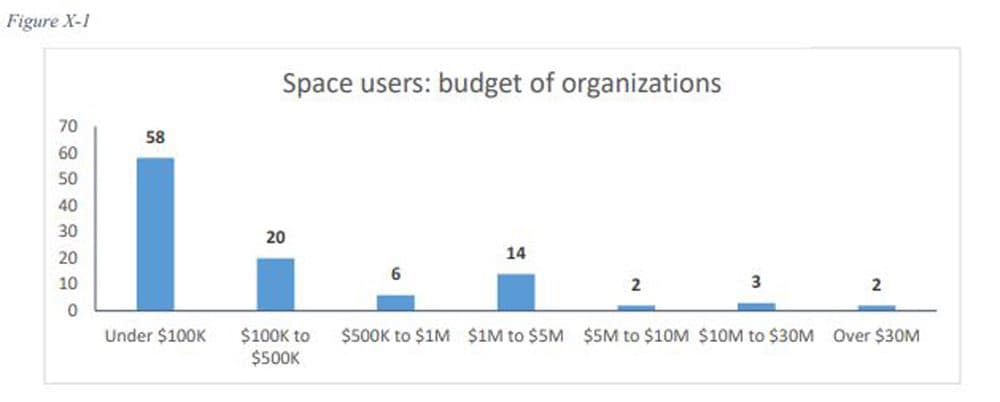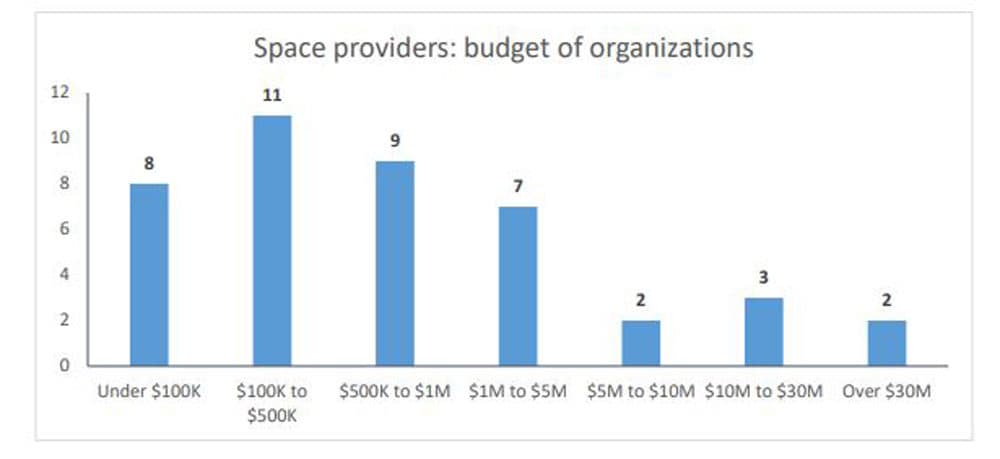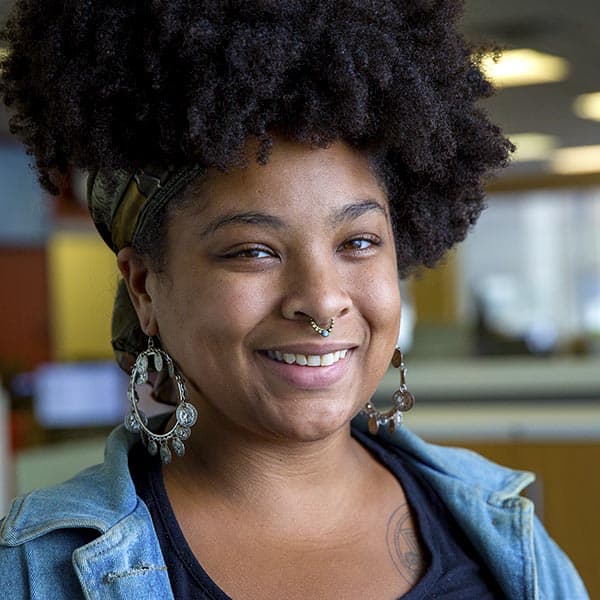Advertisement
Report: Performing Arts Spaces in Boston Are Still Inaccessible To Artists

A finalized report detailing the availability and use of arts facilities in Boston shows that while there’s a supply of performance and rehearsal spaces for artists to utilize, the price tag and availability make these spaces difficult to access. This misalignment of resources confirms the findings of last year’s draft report and spotlights an ongoing issue of accessibility in Boston.
The Boston Performing Arts Facilities Assessment was conducted by the nonprofit TDC in partnership with the Boston Planning and Development Agency and the mayor’s office. The report is the second step of Boston Creates, the city’s ambitious cultural plan.
The study includes interviews with 190 space users and 45 space providers. The effort is meant to address a question that’s been plaguing the Boston arts scene for years: Why are artists and some cultural institutions having such a hard time finding performance spaces to utilize?
A notable imbalance is the excess in the supply of arts facilities that do not meet the demands of artists and cultural organizations in the city. This imbalance is exacerbated by suppliers of arts facilities lacking adequate funding to offer their spaces at affordable rates. Venue owners can't afford to subsidize their spaces.
They also can't afford to update their spaces to meet the technical needs of artists, according to the report. In the chart below, you can see that the majority of space users, both individual artists and cultural organizations, have a total operating budget of under $100,000.

Similarly, the report found that most venue owners operate with an annual budget of $1 million or less. This results in a deficiency of cash reserve to offer spaces at lower, more affordable rates. Many space providers expressed concern for the health of performing arts in Boston but operating costs and building stewardship prevent them from being able to meet the needs of many cultural organizations with smaller budgets. The report notes that “because users cannot pay the full operating or capital costs of facilities, the market requires a subsidy to adequately support facilities.”

Adding to the dilemma is the limited financial support for performing arts facilities. Although funding from the city has been integral to the performance of many cultural organizations, funding is often “episodic” and doled out in intervals, according to the study. Many space providers reported struggling to attract sufficient funds for operation. For nonprofits, securing funding often puts them in "direct competition with artists" and space users.
While the current artistic landscape may look dire, a series of nuanced, in depth measures can help the landscape flourish and grow. One of the most promising avenues is fostering stronger partnerships among developers, the city of Boston and artists to ensure that newly built spaces will serve existing artist communities. The development of the Huntington Avenue Theatre and plans to expand the space for the surrounding community use is a prime example of how alignment can be achieved.
Another solution proposed by the report is the repurposing of of existing, underutilized spaces in the city. The city-owned Strand Theatre in Upham’s Corner is an example of one of these spaces. Last year, the BPDA began a series of community meetings concerning the redevelopment of the theater and how it can be utilized to better suit the artist community’s needs.
While many of the solutions proposed by the report are complex, they are essential to the process of breathing life back into Boston’s art scene while ensuring it's accessible to artists, regardless of budget or available funding. “Ultimately,” the report emphasizes, “the system needs leadership and partnership to break the current stasis” and to unlock the mutual passion for arts and culture that exists among “artists, organizations, funders, and government entities.”
